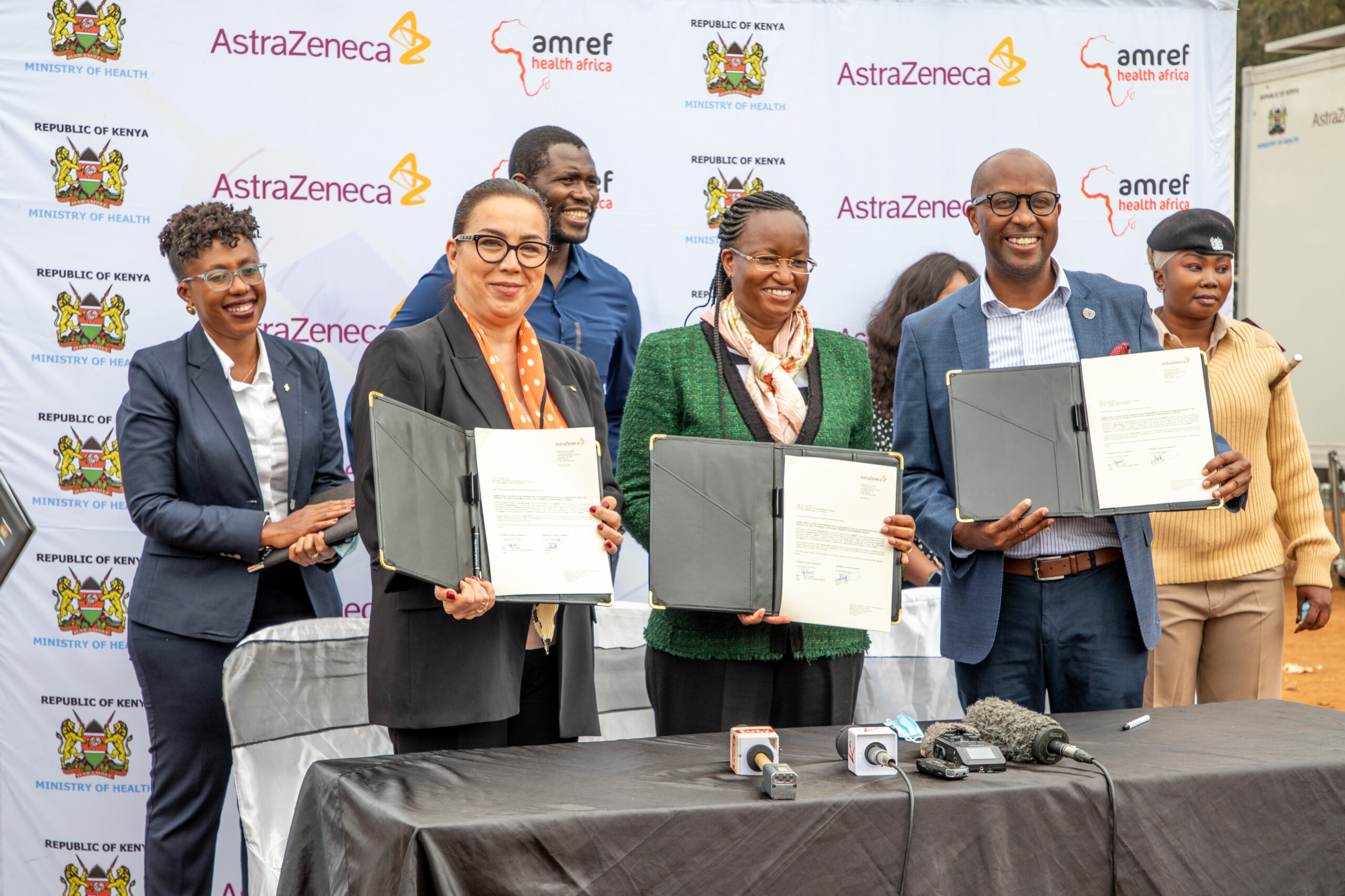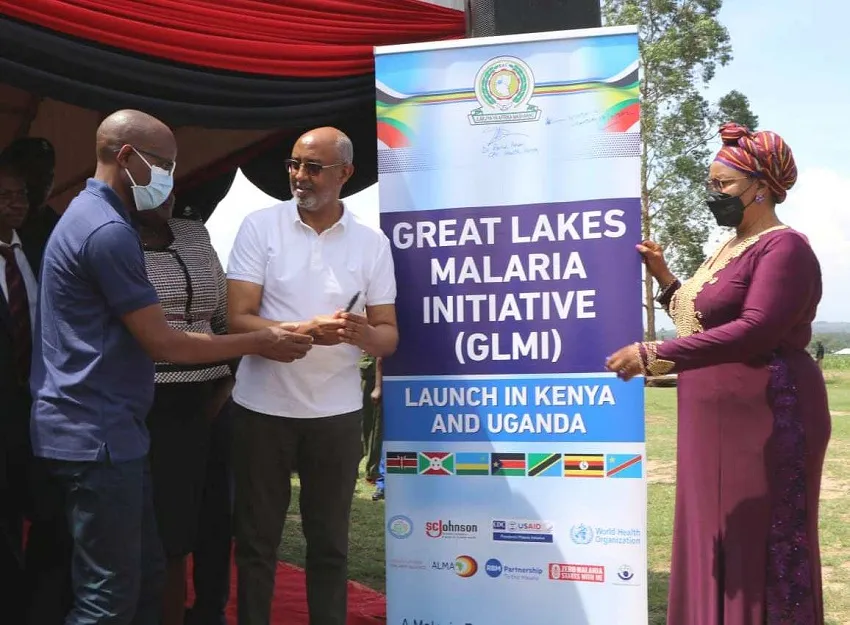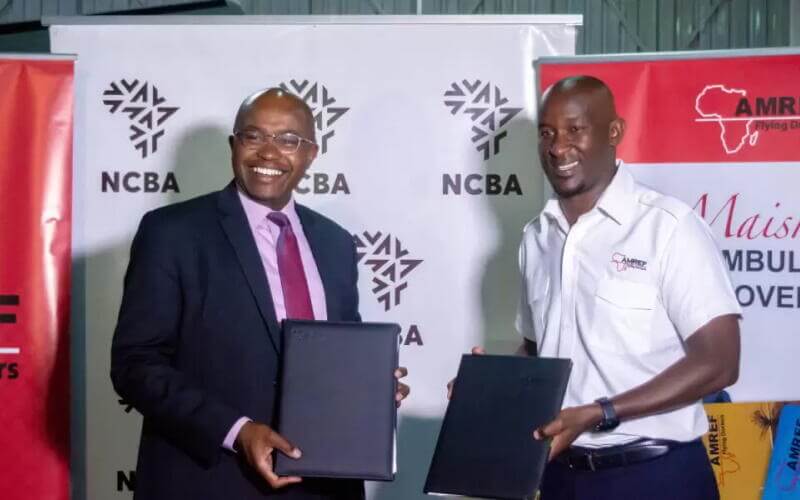Lassa Fever Outbreak: My Assignment with WHO in Nigeria
Wednesday, 4 April, 2018


“I am writing this blog in Nigeria, where I have been deployed by the World Health Organization (WHO) as an Infection Prevention and Control Specialist (IPC) to join the rapid response team and provide technical support in the current Lassa fever outbreak here. I started work here on March 13 and will be here until April 15. I’m working in Edo state.
My role is to ensure priorities and activities for infection prevention and control are managed effectively within the overall outbreak. I am assessing the infection prevention and control capacities and practices in the emergency unit and the entire Irrua Specialist Training Hospital. I am also assessing training needs and developing training plans at the Lassa fever treatment centre, providing guidance on the immediate needs for infection protection and control policies, resources and equipment for the emergency unit and providing strategic short and long term recommendations for capacity building.
Lassa fever is a viral hemorrhagic illness caused by a virus which is transmitted through contact with the urine or faeces of infected rats and/or through direct contact with body fluids of symptomatic human cases. The incubation period is between 2-21 days; only symptomatic infected individuals transmit the virus.


Demonstrating donning and doffing of Personal Protection Equipment
Symptoms of Lassa fever include high fever, vomiting, respiratory distress, chest pain, hiccups, and
unexplained bleeding. Treatment is by an antiviral drug called ribavirin and is effective if started early following symptomatic onset. No vaccines are available.
Approximately 15% to 25% of confirmed cases for Lassa fever die from the illness. However, in
suspected cases only about 1% result in death. The death rates are particularly high for women in the third trimester of pregnancy, and for fetuses, about 95% of which die in the uterus of infected pregnant mothers.
Hospitalized Lassa patients on treatment will take about 10 to 13 days before the viral antibodies are undetected in blood. However, patients are followed up every two weeks for checkup for a period of 6 weeks. It is not known if after treatment the virus can still be present and shed in the otherbody fluids like saliva, tears, semen or vaginal secretions. Those who survive the infection live a normal life without any health complications.
In all the 36 states in Nigeria, 19 have reported confirmed cases of Lassa fever. Three states (Ebonyi, Edo and Ondo) of the 19 are the hotspots with up to 85% of all reported confirmed cases. Since the onset of the outbreak in January 2018 to 25 March, 2018, a total of 1,495 suspected cases have been reported. Of these, 376 are confirmed positive and there have been 95 deaths in confirmed cases. Case Fatality Rate in confirmed cases is 24.7 %.


Access control by creating barrier at Lassa Isolation Unit
Some of the response strategies employed so far include isolating and treating people, contact tracing, which involves finding people who have come into contact with someone who has Lassa fever, infection prevention and control case management and safe burial practices.
We are also working to put in place preventive measures at the community level, such as keeping homes and surroundings clean to keep rats from entering the home, covering food and drinking water to stop rats from playing in them and disposing garbage correctly and away from the home.
Noel Otieno Odhiambo
Deputy Project Manager, Biosafety/IPC lead
Sustainable Laboratory Quality Systems Project
Amref Health Africa in Kenya
Amref Health Africa teams up with African communities to create lasting health change.








Comments
[…] as many other agencies focusing on fistula, such as the Fistula Foundation, UNFPA, EngenderHealth, AMREF, Norwegian Red Cross and many others, there are currently 52 FIGO Fellows –trainee fistula […]
[…] tan solo tenía 8 años se negó a que le practicaran la ablación y convenció a su abuelo, un anciano masái, argumentado que esta práctica también implicaba dejar de ir a la escuela. […]
[…] there is a need to provide appropriate training, supervision and remuneration for community health workers to enable them to tackle existing and emerging health challenges, such as non-communicable diseases, […]
[…] of school-going children. Katembu was also leading a delegation to take stock of progress made by Amref Health Africa’s Maternal and Child Nutrition Project, which was launched in May 2016. Katembu noted that the project has helped to improve maternal, […]
[…] Health Africa Group CEO, Dr Githinji Gitahi who is also the current co-chair of UHC2030, noted that “UHC is a human right that ensures the people’s constitutional right is obeyed, […]
[…] to change this are ongoing and a campaign was launched at the Africa Health Agenda International Conference in Nairobi last year that […]
[…] in Kenya. Nice Leng’ete, who escaped the cut when she was 8-years-old, has earned global acclaim, including a feature story in the New York Times, because of her community-led approach to ending […]
[…] ALSO READ: Leap, the mHealth platform and i-PUSH […]
[…] post Second Innovate for Life Fund Accelerator week appeared first on Amref Health […]
[…] post Amref receives Ksh 4.6 billion grant to fight TB and malaria in Kenya appeared first on Amref Health […]
[…] post Christmas in Dagoretti Child Protection and Development Centre appeared first on Amref Health […]